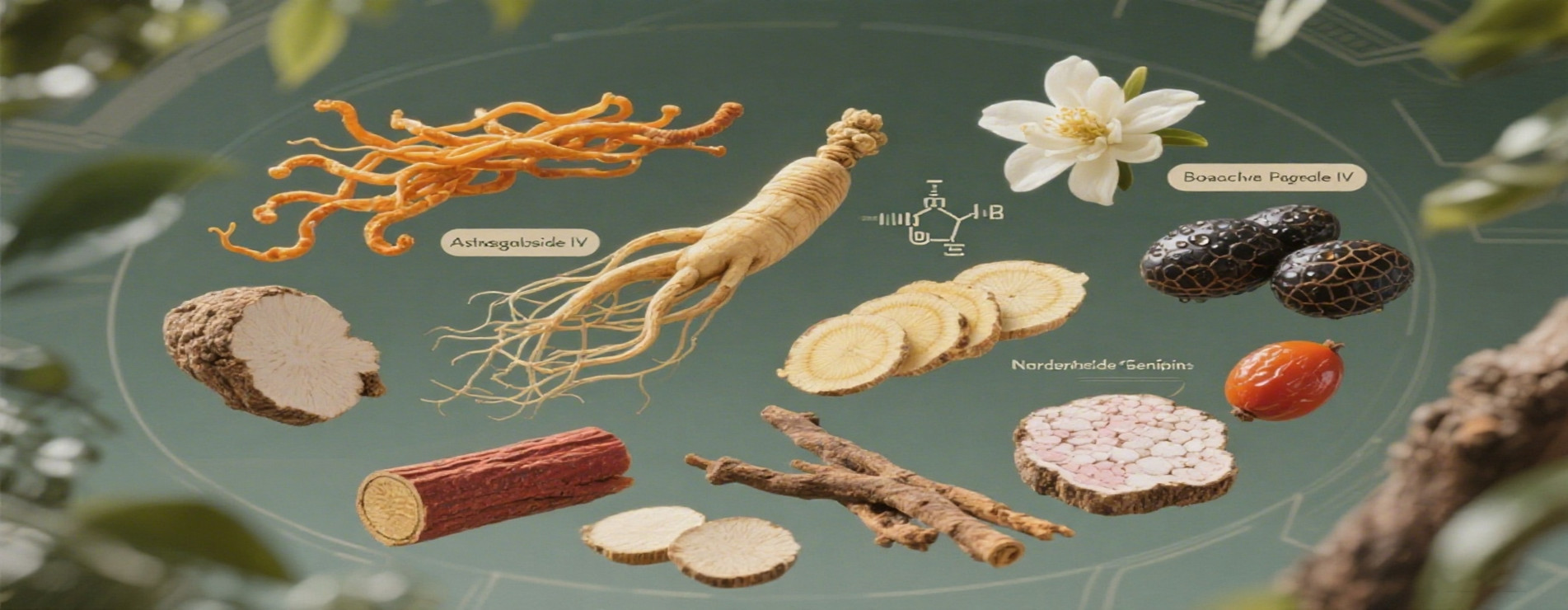What Are You Looking For?

Subtitle: Lessons from Moringa oleifera and Why Precision Agriculture Fuels Next-Gen Nutraceuticals
In the quest for high-purity plant extracts, most manufacturers focus on how to extract—but groundbreaking research reveals when to harvest is equally critical. A 2025 study published in Food Chemistry Advances exposes a hidden variable: plant maturity stages dramatically reshape nutrient profiles, bioactive potency, and even anti-nutrient risks. For industries leveraging botanicals—from immune-modulating adaptogens like astragalus to nutrient-dense superfoods like moringa—this isn’t just agronomy. It’s the frontier of efficacy-driven standardization.
Moringa oleifera (“miracle tree”) leaves are protein- and antioxidant-rich staples in global nutraceuticals. Yet, random harvesting practices cause inconsistent product quality. Researchers tracked three maturity phases:
Tender leaves (2 weeks): Lower protein (18–20%), higher moisture
Young leaves (5 weeks): Transitioning phytochemistry
Mature leaves (7 weeks): Peak nutritional density but elevated anti-nutrients
| Parameter | Value | Advantage |
|---|---|---|
| Protein | 23.71% | Highest yield for protein isolates |
| Crude Fiber | 28.26% | Ideal for gut-health formulations |
| Total Phenolics | 49.02 mg GAE/g | 1.5× higher vs. tender leaves |
| DPPH Scavenging | 79.41% | Optimal antioxidant activity |
| β-Carotene | 223.94 mg/100g | 14% increase vs. tender leaves |
The catch? Anti-nutrients also surge:
Phytic acid: 1.94 g/100g (1.7× tender leaves) → binds minerals like Fe/Ca
Oxalates: 2.43 g/100g → renal/kidney stone risks
Precision = Profitability
Mature moringa leaves deliver 50% more phenolics and 23% more protein—meaning extract efficiency rises while solvent/sourcing costs drop.
Anti-Nutrient Mitigation Is Your Innovation Playground
The study urges technologies like lactic acid fermentation to degrade phytic acid while preserving phenolics. Pair this with astragalus purification tech (e.g., chromatographic isolation of >98% cycloastragenol), and you turn problems into IP.
Traceability Builds Trust
Specify harvest windows (e.g., “7-week moringa”) in COAs. This resonates with buyers needing clinically relevant bioactives—not just vague “plant extracts.”
The maturity principle applies across species:
Astragalus membranaceus:
Roots harvested at 3–4 years yield peak cycloastragenol (telomerase activator).
Late-harvested roots show 2.1× higher astragaloside IV vs. early harvests.
Ginseng:
6-year roots maximize ginsenosides (anti-fatigue/neuroprotective effects).
Takeaway: Partner with GAP-certified farms that log growth stages, not just yield.
AI-Driven Harvest Prediction:
Use satellite/spectral imaging to pinpoint peak bioactive windows (e.g., moringa’s chlorophyll-a retention at 52.64 mg/100g in mature leaves).
Anti-Nutrient Scrubbing:
Enzymatic/fermentation pre-treatments can slash phytic acid by 90%+ without heat-degrading phenolics.
Blockchain for Maturity Claims:
Immutable harvest-stage records satisfy FDA/EMA demands for substantiated labels.
The moringa study confirms what leading extractors know: nature’s potency has an expiration date. By syncing harvests to peak bioactive windows and deploying smart processing, you transform raw biomass into precision ingredients. At [Your Company Name], we engineer this lifecycle—from Astragalus roots timed for maximal cycloastragenol to moringa picked at week 7—because 21st-century wellness demands more than extracts. It demands extracts with a biological passport.
Ready to Amplify Your Botanicals?
[Contact Us for Maturity-Optimized Extracts] • [Download Our Moringa White Paper]
Engagement-Driven Structure:
Subheaders, bullet points, and data tables cater to skimmers and deep divers alike.
Problem → Solution Arc:
Highlights a pain point (random harvesting) and positions your tech as the answer.
Strategic CTAs:
Focused on high-intent actions (e.g., whitepaper downloads for B2B clients).
SEO Keywords:
“Harvest timing,” “anti-nutrient reduction,” “cycloastragenol purity,” “moringa protein extract.”
Authority Building:
Cites 2025 research (fresh content = Google favors recency) and links to your product tech.